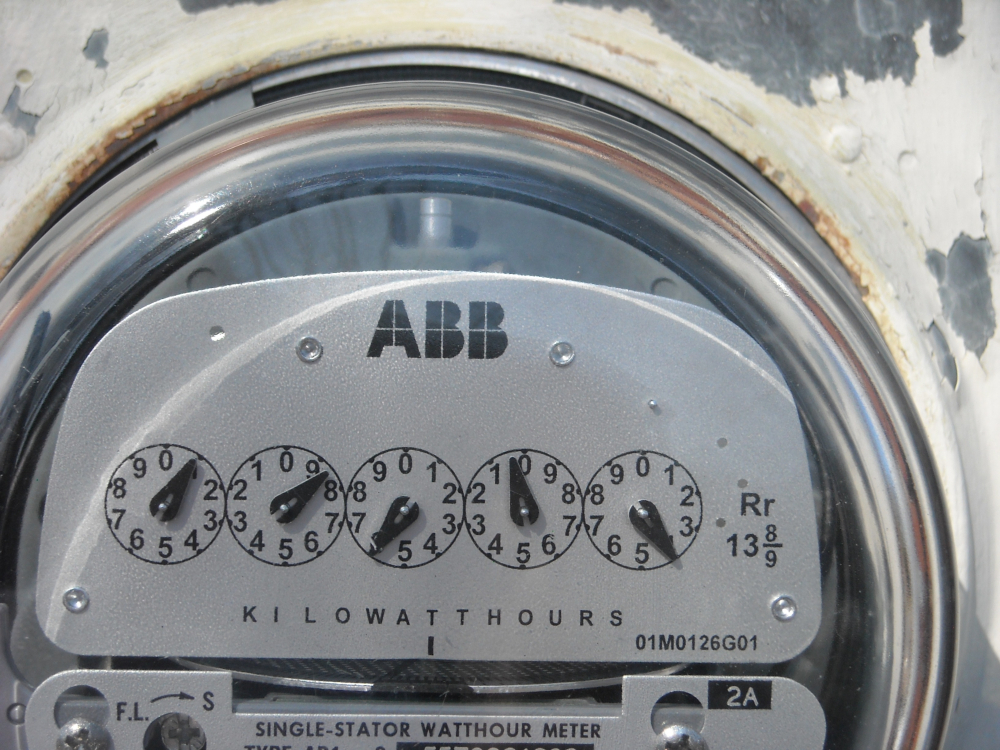Utility rate structures are one of the biggest factors when analyzing behind-the-meter solar and energy storage projects and can have a dramatic effect on your avoided-cost, total project savings and the overall economics of your project. Not all your customers are going to be on the same rate structure. The variances between two customers could be a small as a adding a charge or your customer has an entirely separate supplier.
When you’re dealing with a customer who falls under these categories or one of the many others, you’ll find that when modeling their projects you will need to model with a rate that’s generally not readily available to you. Energy Toolbase gives our users the ability to create custom rates or request one from our utility rates team. There are more than 20,000 custom rates activated in our database right now, being used by users across the world.
*Note: each subtitle is a hyperlink leading you to that topic in our recent webinar ‘Exploring the Value of Custom Rates’
Global vs. Custom Rates
Global rates are standard in our platform and are readily available for all of our customers to use. There are more than 40,000 global rates active right now. These are standard rates that include the same charges applied to all customers under this rate and can be seen in everyone’s account based on the utility you select.
Any rate that’s already seen in Energy Toolbase has been requested by someone in the past. But a specific rate you need to model a customer’s project accurately might not have been requested yet or it meets a ‘custom rate’ criteria. There are several instances where a customer would need a custom rate including:
- a variance in charges
- additional charges
- charges specific to a customer’s adjustment or discount
- enrolled in a special program
- receiving supply from a third-party supplier
The power of 12-months of utility bills
To accurately create a custom rate, having 12-months worth of utility bills is strongly encouraged. While having 12-months worth of bills can seem like a lot, the power of those bills can make all the difference in the accuracy of your solar/energy storage project. A lot can happen in a 12-month span, especially if you’re a developer working with a large customer. The customer may increase in size, therefore switching rate schedules, they might enroll in a program to start savings, change electric supplier etc. Reviewing a years’ worth of bills allows us to look out for these factors.
Our team relies on utilities’ electric tariffs, rate sheets as well as reaching out to the utility for verification of charges and applicability details to make sure the rate is as accurate as possible in order to determine optimal savings for a customer. If a utility bill indicates some sort of adjustment, discount, enrolled program, exemption from certain charges, complex billing structure or third-party supply charges, a custom rate is needed. In a case where 12-months worth of bills aren’t available to you, any number of bills is extremely helpful. We are able to work off of as few as one bill, but you may notice a variance in totals if your customer’s supply charge isn’t fixed.
Third-Party Suppliers
Third-party suppliers can be simple or complex. When working with third-party suppliers we notice charges being as simple as a one-line item being too complex, inconsistent or have their own usage associated with them. Supply charges from third-party suppliers can vary by region, provider or contract and generally aren’t provided to the public, so this is another reason why we stress having those 12-months worth of utility bills.
When a customer chooses to purchases electricity from a third-party supplier, they generally start receiving those bills separately meaning their delivery charges from an actual utility and generation charges from the supplier will be billed on different statements. In order to create custom rates, we need to have access to both bills for the same meter. Different meters even under the same account can have a different supply charge applied to them. The most important thing to take into consideration when it comes to third-party suppliers is the fact that rates involved are created under the actual utility that your client is a member of.
Special Programs
If a customer you’re working with is enrolled in a special program, we generally will review the utility’s website and all the available information on that program to determine whether our rate will simply have an attribute or be created as custom. A few examples of special programs that would require a custom rate include:
- real-time pricing options for Illinois/Georgia customers
- PG&E Family Electric Rate Assistance
- SCE Summer Discount Program
- SCE Automatic PowerShift
- SCE Base Interruptible Program
Some medical baseline rates for IOU’s will be created as custom as well if there are multiple allocations that apply. If the information the utility provides is limited, we’ll have to create a custom rate that accounts for this program. Large utilities are required to provide detailed rate sheets, historical information and pending approved filings which really simplify adding the rate. Smaller utilities, co-ops, and municipalities reserve a right to keep their information confidential.
Creating Custom Rates
While a lot of our users get by using our global rates, customers do have the ability to request a custom rate or create one on their own by editing any aspect of a global rate. If you have an activated custom rate in your account, you can edit that rate and make any changes if any additional bills become available. Any of the following rate attributes can be changed/edited:
- seasons & time periods
- fixed charges
- energy charges
- demand charges
- special programs
Watch our latest webinar ‘Exploring the Value of Custom Rates’ to see how to create a custom rate from a global rate in Energy Toolbase:

